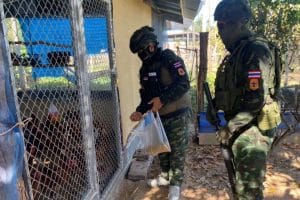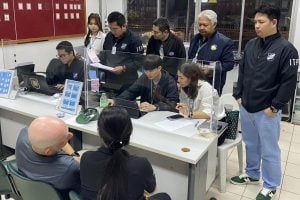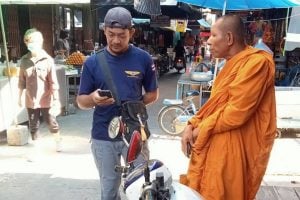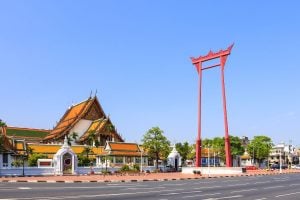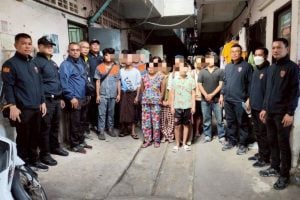Top 10 digital nomad destinations in Southeast Asia in 2025
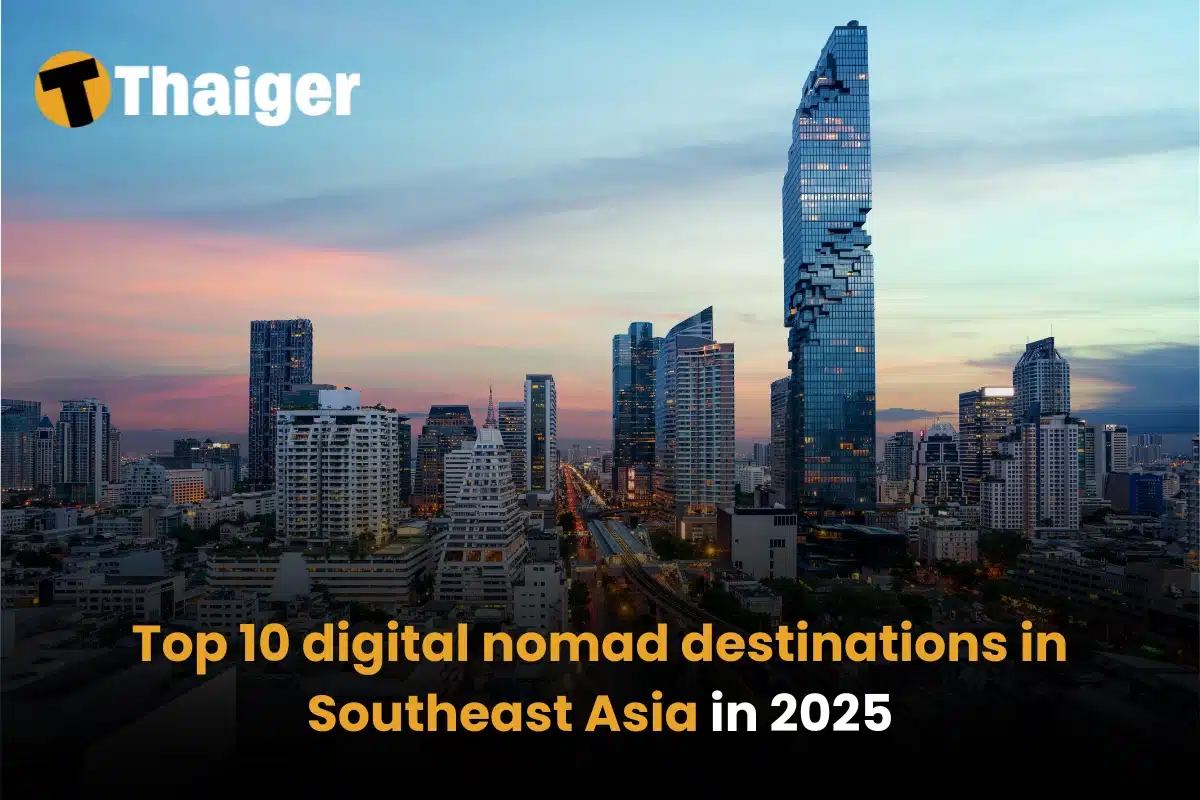
So far this year, more digital nomads than ever are choosing Southeast Asia as their base. From Bali to Ho Chi Minh City, this region offers everything remote workers need—affordable living, fast internet, great coworking spaces, and amazing culture. It’s the perfect mix of work and lifestyle. In this article, we’ll look at the top 10 digital nomad destinations in Southeast Asia in 2025 that offer great value, comfort, and community for people working from anywhere.
As more people work and travel, it’s also important to stay safe. Many nomads now use SafetyWing’s Nomad Insurance to get health and travel coverage wherever they go.
Top 10 digital nomad destinations in Southeast Asia for 2025
1. Bali, Indonesia
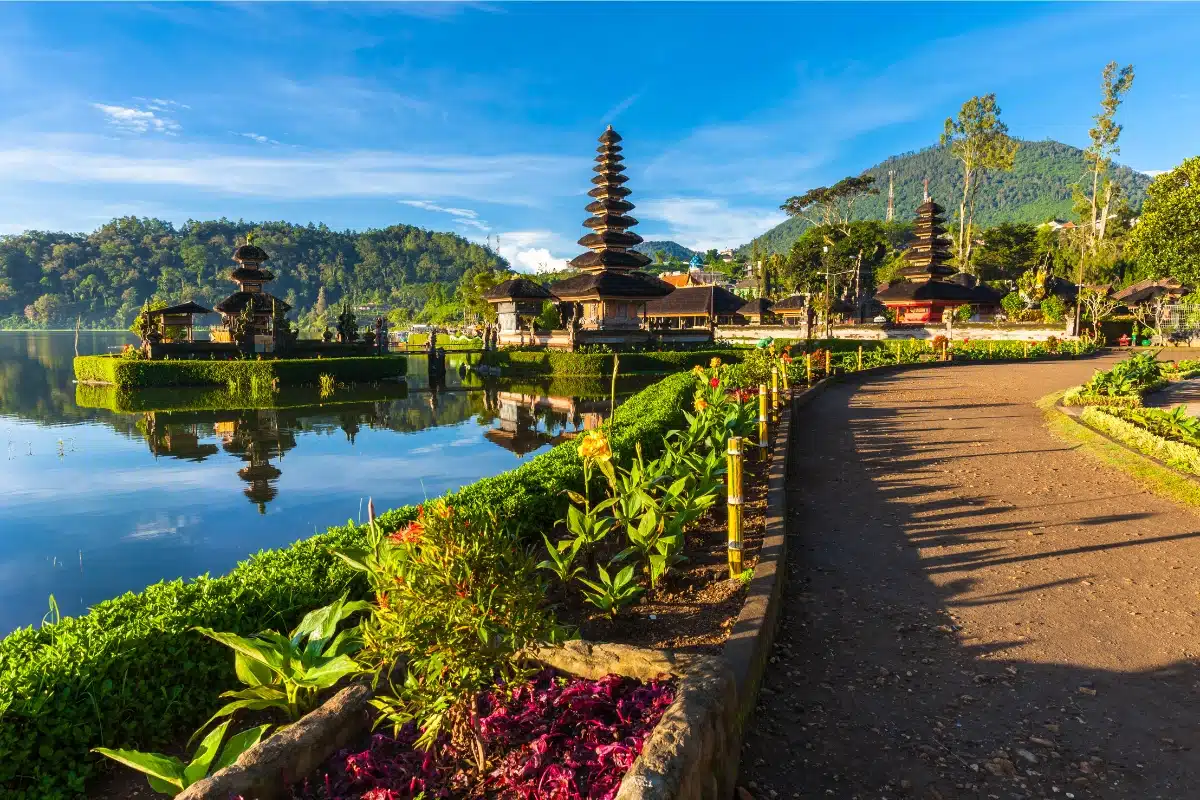
Bali remains one of the most popular destinations for digital nomads. It offers stunning beaches, a strong remote work culture, and a rich local tradition. Indonesia’s Remote Worker Visa (E33G) allows eligible remote workers employed by companies outside Indonesia to stay for one year, with a possible one-year renewal. Applicants must show a minimum annual income of US$60,000 and prove sufficient savings.
Popular spots like Canggu and Ubud offer fast internet, coworking spaces, and plenty of dining and lifestyle options. Living expenses typically range between US$1,500 and US$3,000 per month. Although traffic can be heavy in the main areas, quieter towns like Seseh and Amed provide a more relaxed environment with the same beautiful surroundings.
2. Bangkok, Thailand
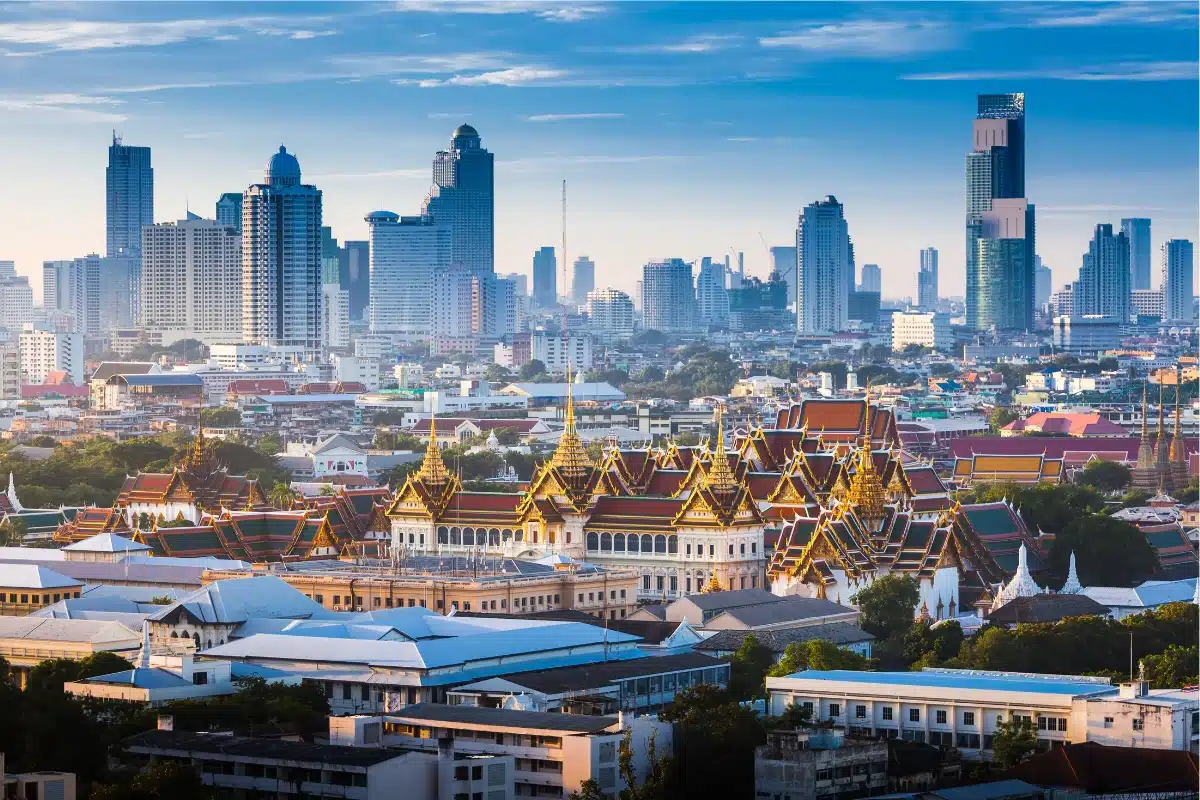
Bangkok is a digital nomad favourite for its modern infrastructure, global food scene, and 24/7 lifestyle. The Destination Thailand Visa (DTV), launched last year, lets remote workers stay for up to 180 days per entry and is valid for five years, with an option to extend each entry once.
Popular areas for nomads include Sukhumvit and Ari, which may be pretty pricy depending on where you stay, but you can also visit spaces like True Digital Park. With internet speeds ranging from 100 to 500 Mbps, great public transport, and access to high-quality healthcare, Bangkok is one of Southeast Asia’s most convenient places to live and work. The most comfortable climate is from November to January.
3. Chiang Mai, Thailand

Chiang Mai is a top choice for remote workers seeking peace, affordability, and a creative community. Living here will also involve using Thailand’s Destination Thailand Visa (DTV), which will allow you to live in the Rose of the North for up to 5 years without too much concern.
The Nimmanhaemin area is the heart of Chiang Mai’s digital nomad scene, filled with cafes and coworking spaces with good internet. Monthly living costs usually fall between US$800 and US$1,500. The best time to visit is from November to February, when the weather is cool and pleasant.
4. Da Nang, Vietnam
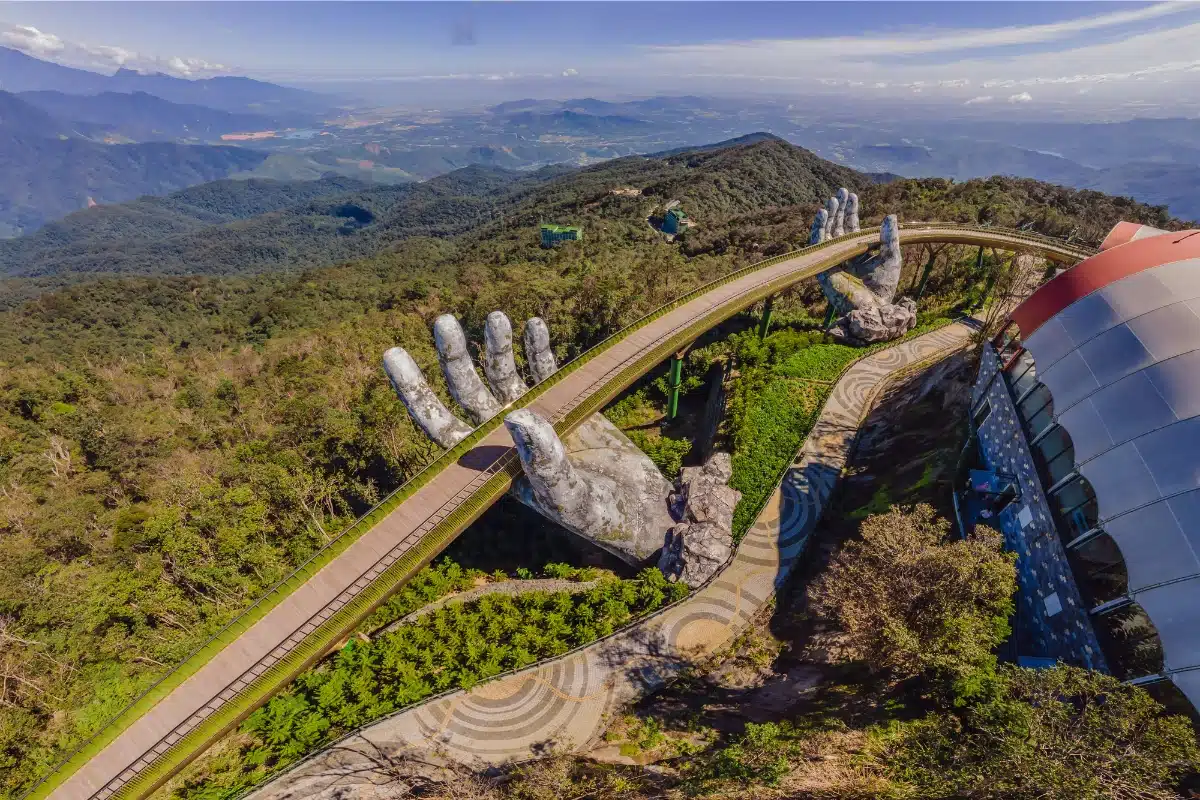
Da Nang is quickly becoming a favourite for nomads who want both city amenities and a beach lifestyle. Vietnam doesn’t have a specific digital nomad visa yet, but remote workers can apply for a 90-day e-visa with single or multiple entries.
The city is known for its clean beaches, mountain views, and modern infrastructure. The Internet is reliable, and living expenses range from US$900 to US$1,800 per month. February to May is the best time to enjoy dry and sunny weather.
5. Penang, Malaysia

Penang offers a great mix of heritage, tech innovation, and food culture. George Town, in particular, is a UNESCO World Heritage Site with a growing number of coworking spaces. Malaysia’s DE Rantau Nomad Pass allows digital nomads to stay for 12 months and renew for another year. To qualify, applicants must earn at least US$24,000 per year.
With fast internet, delicious local cuisine, and a multicultural vibe, Penang appeals to creatives and tech professionals alike. Living expenses range from US$1,000 to US$2,200 per month. December through March brings the most comfortable weather.
6. Ho Chi Minh City, Vietnam
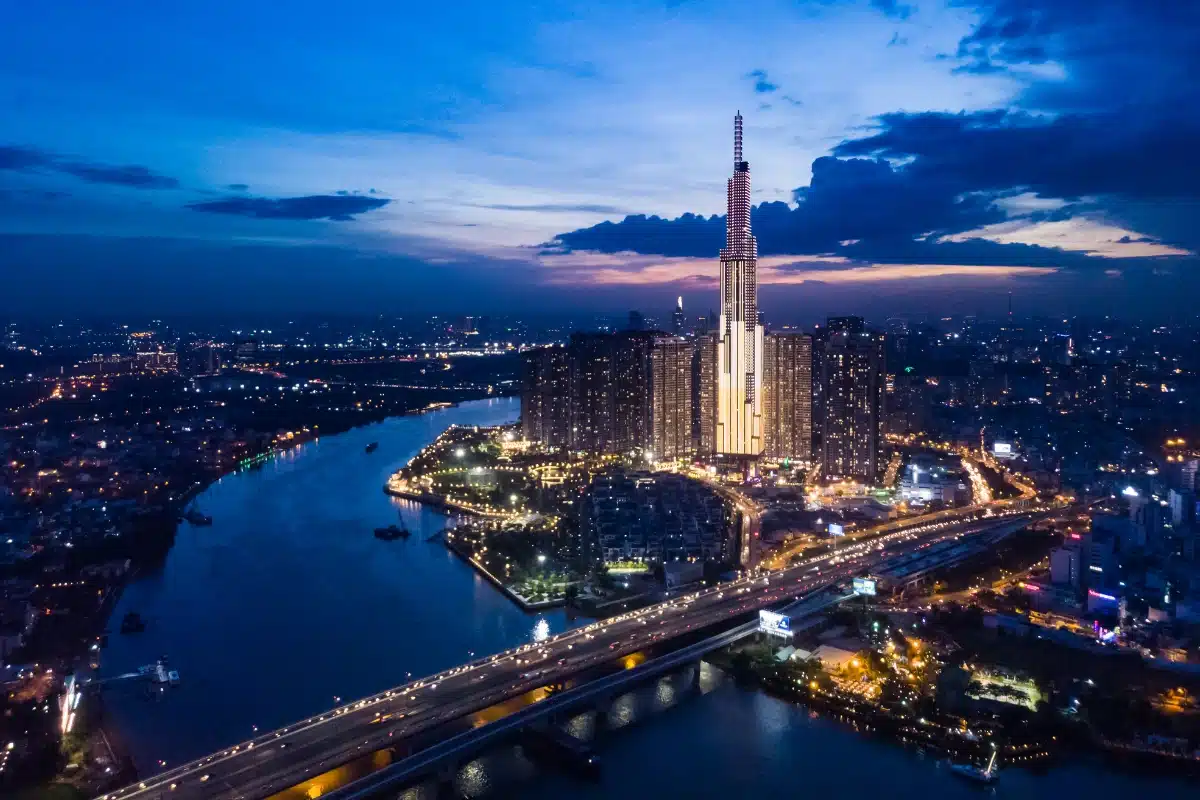
Ho Chi Minh City, or Saigon, is Vietnam’s largest and busiest city, filled with energy and opportunity. While Vietnam hasn’t launched a nomad visa, remote workers can use the 90-day e-Visa, which also allows for multiple entries.
With fast internet, countless coworking spaces, and a strong expat community, it’s a top destination for freelancers and entrepreneurs. Living expenses range from US$1,000 to US$2,000 per month. The dry season runs from December to April, making it the best time to explore the city.
7. Siem Reap, Cambodia

Siem Reap is perfect for nomads who want a peaceful environment with historical charm. While Cambodia does not offer a dedicated digital nomad visa, remote workers can apply for the Ordinary Visa (E-class), which can be extended for longer stays.
Living here is very affordable, with monthly costs between US$500 and US$1,200. Coworking spaces are on the rise, and internet speeds are improving. Just like in Chiang Mai, the best time to stay is from November to February, when the weather is cooler.
8. Cebu, Philippines
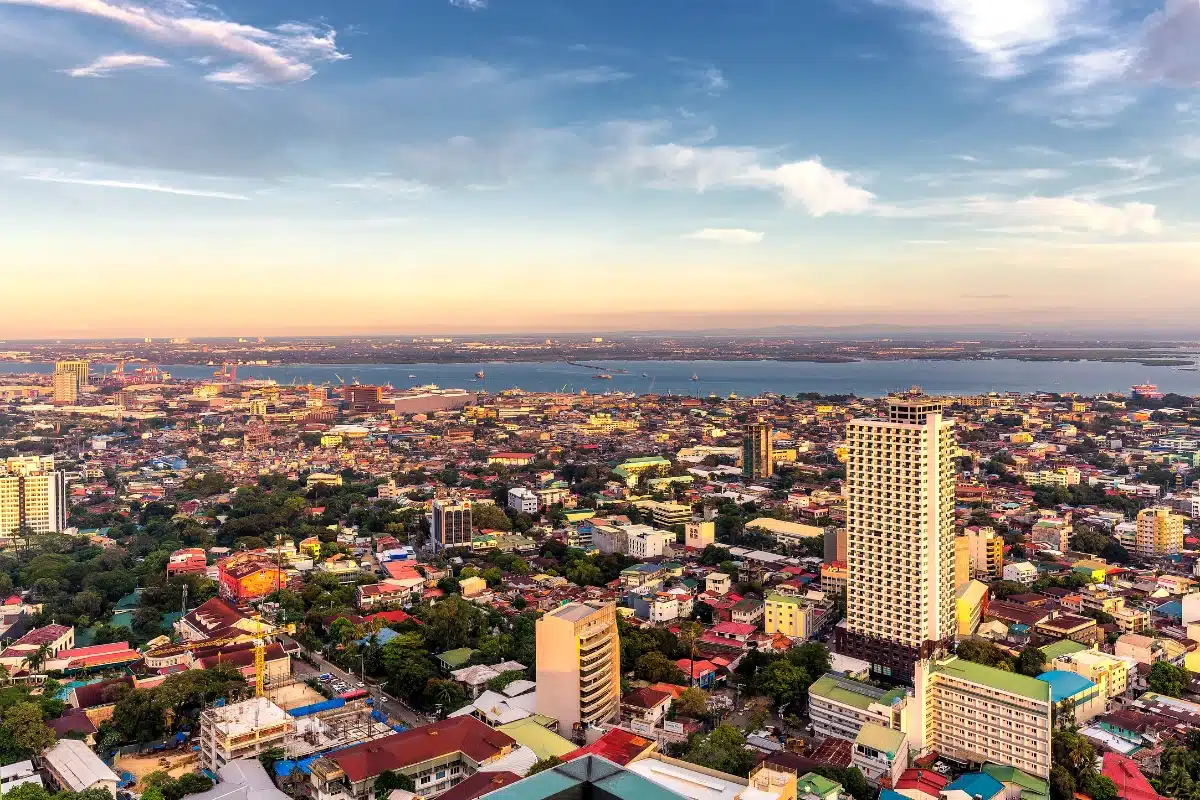
Cebu is a top destination for English-speaking digital nomads who enjoy tropical living. The Philippines has proposed a digital nomad visa that would allow remote workers to stay for 12 months, with the option to renew for another year. Keep in mind that the information on this proposed visa could change, so keep an eye out for official sources to make sure.
The city has reliable internet in coworking hubs and IT parks. Living expenses usually range from US$800 to US$1,600 per month. With nearby beaches and dive spots, Cebu offers a great balance between work and leisure. January to April is the best time to visit for dry and sunny days.
9. Phnom Penh, Cambodia

Phnom Penh is Cambodia’s capital and an emerging destination for remote workers. Like Siem Reap, the E-class visa can be extended for long-term stays, making it a practical option for digital nomads.
Living expenses are relatively low, between US$700 and US$1,500 monthly. Central areas like Boeung Keng Kang 1 (BKK1) have decent internet and plenty of coworking spaces. As it also happens to be, November to February is the best time to enjoy the city’s riverside views and cultural spots.
10. Luang Prabang, Laos
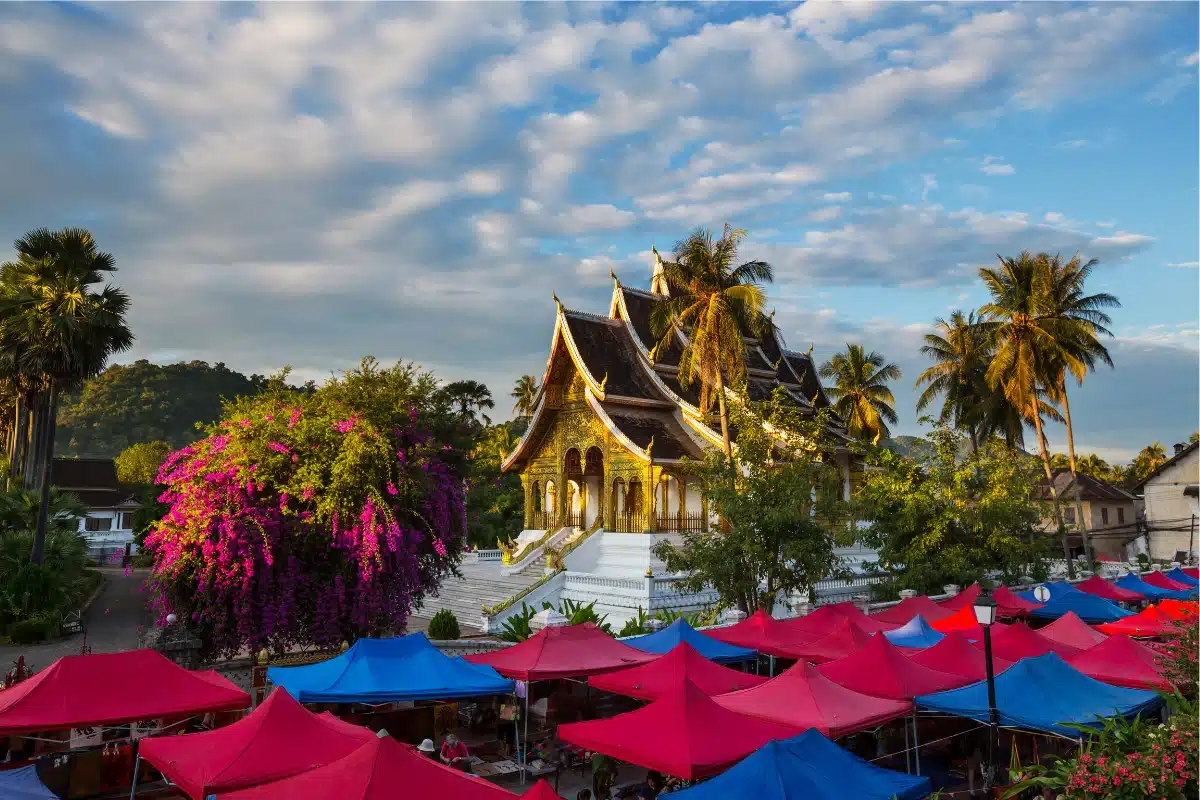
Luang Prabang is a peaceful, culturally rich town by the Mekong River. Though Laos doesn’t have a special visa for digital nomads, tourist visas can be extended for stays up to 90 days.
The internet is basic but suitable for most online tasks. Monthly costs are low, ranging from US$600 to US$1,100. It’s ideal for those who want to slow down and enjoy nature, temples, and a simple lifestyle. The most pleasant months are November to February.
Things to consider before moving
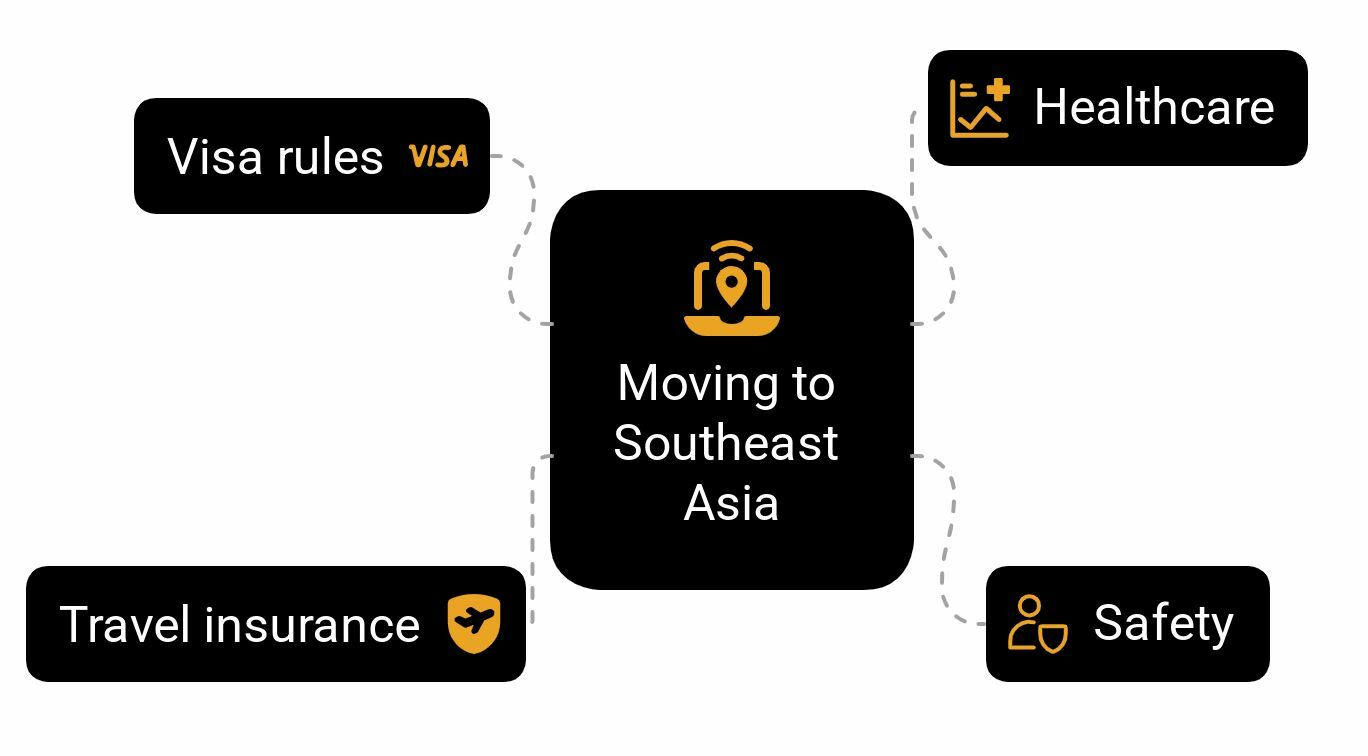
Before moving to Southeast Asia as a digital nomad, it’s important to understand the visa rules. Many countries in the region now offer special digital nomad visas. These allow you to stay longer than a normal tourist visa. Each country has different rules—some ask for proof of income, remote work, or health insurance.
For example, Thailand’s Destination Thailand Visa lets you stay for up to five years, but you must leave and re-enter the country every 180 days. Indonesia offers the B211A and Remote Worker (E33G) visas, each with different stay limits and requirements. Make sure to check the latest details on official government websites, as rules can change often.
Healthcare and safety are also important and big cities in Southeast Asia usually have good hospitals and clinics, but smaller towns might not. It’s a good idea to know where the nearest hospital is and check if it meets international standards. In some places, language can be a challenge, especially when seeing a doctor or dealing with local services. Connecting with other digital nomads or expats can really help. They often share useful tips and make settling in easier.
Finally, having reliable travel insurance is a must. It protects you if you get sick, have an accident, or face travel problems. Many digital nomads use insurance plans like SafetyWing to stay safe and stress-free while living and working abroad.
Why insurance is relevant for digital nomads in Southeast Asia

Healthcare in Southeast Asia is very different from country to country. Some places, like Singapore, have excellent hospitals, while others, like rural areas in Cambodia or Laos, may lack proper medical care. Countries such as Thailand and Malaysia offer good private healthcare, but in places like Indonesia or Laos, you might need to travel to a major city for serious treatment. Most local insurance plans only work in one country, which is a problem for digital nomads moving between borders.
That’s why having international insurance is so important. Without it, unexpected events, like motorbike accidents or illnesses such as dengue fever, can lead to high medical bills. If you’re not covered, you may have to pay for everything yourself.
SafetyWing’s Nomad Insurance is made for this lifestyle. It offers worldwide coverage for medical emergencies, travel delays, and even mental health support. Unlike regular travel insurance, it works in over 190 countries and renews automatically every month, so you don’t have to worry about it expiring while you’re on the move.
For example, if you’re in Bali and need surgery, SafetyWing covers up to US$250,000 in medical costs. If your flight is cancelled due to a storm in the Philippines, it can help pay for hotel stays, up to US$100 per day.
Why SafetyWing fits digital nomads in Southeast Asia

- Easy coverage across countries – You’re protected in Thailand, Vietnam, Indonesia, and more, without needing to change your plan.
- Low cost – Plans start at around US$1.85 per day, which is cheaper than most local insurance with similar coverage.
- Help in emergencies – Includes support for political evacuation and 24/7 access to doctors online.
- Trusted by nomads – Many digital nomad communities recommend it for its clear terms and smooth claims process.
If you’re a digital nomad living in Southeast Asia, SafetyWing gives you peace of mind. It helps cover the gaps in healthcare and supports your freedom to move around while staying protected. It’s always smart to combine insurance with some emergency savings and good research on your next destination.
Calculate your costs below!
Cities in Southeast Asia are one of the top destinations for digital nomads as they’re affordable, have fast internet, and offer a great mix of work and lifestyle in places like Bali, Chiang Mai, and Ho Chi Minh City. Many countries now offer special visas that let remote workers stay longer.
But before moving, it’s important to understand the visa rules, healthcare options, and why travel insurance matters. SafetyWing’s Nomad Insurance is a popular choice because it covers health and travel problems across many countries. To learn more about why insurance is so important for digital nomads, refer to this article: Why health insurance for digital nomads is more important than ever.
Sponsored
Latest Thailand News
Follow The Thaiger on Google News:



